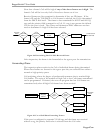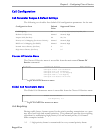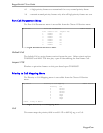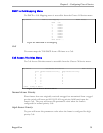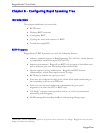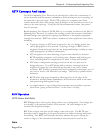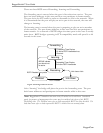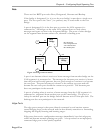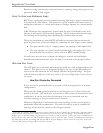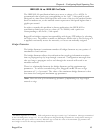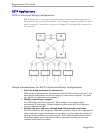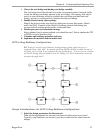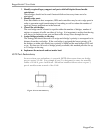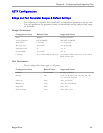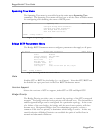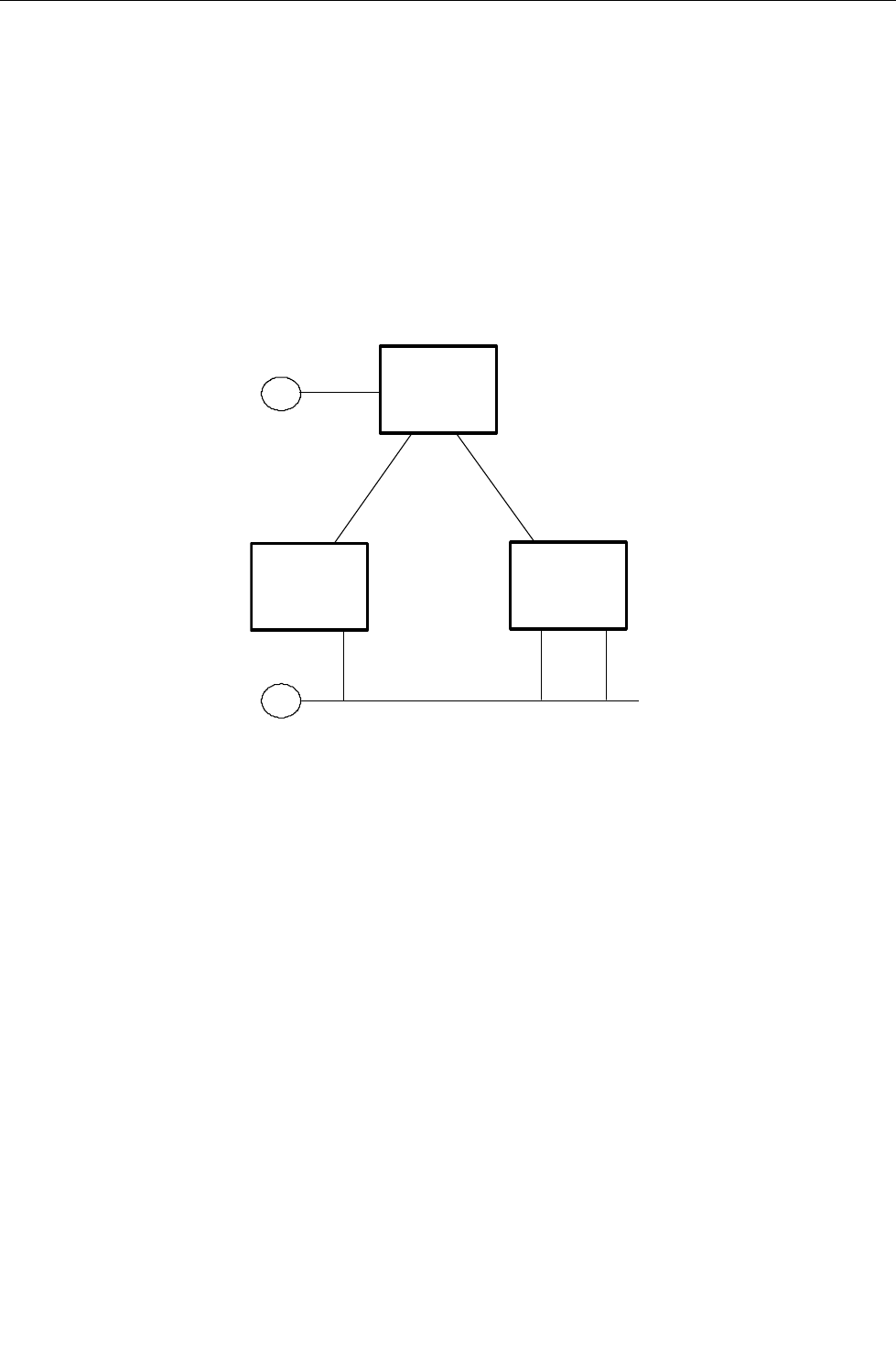
Chapter 6 – Configuring Rapid Spanning Tree
Role
There are four RSTP port roles: Root, Designated, Alternate and Backup.
If the bridge is designated (i.e. it is not the root bridge) it must have a single root
port. The root port is the “best” (i.e. quickest) way to send traffic to the root
bridge.
A port is designated if it is the best port to service the LAN segment it is
connected to. All bridges on the same LAN segment listen to each others
messages and agree on who is the designated bridge. The ports of other bridges
on the segment must become either root, alternate or backup ports
Figure 33: Bridge and Port Roles
A port is an alternate when it receives a better message from another bridge on the
LAN segment it is connected to. The message the alternate port receives is better
than the port itself would generate, but not good enough to convince it to become
the root port. The port becomes an alternate to the current root port and will
become the new root port should the current root port fail. The alternate port
does not participate in the network.
A port is a backup when it receives a better message from the LAN segment it is
connected to, originated from another port on the same bridge. The port is a
backup for another port on the bridge and will become active if that port fails. The
backup port does not participate in the network.
D
Root
Bridge
Designated
Bridge
Designated
Bridge
12
1
2
1
32
DP DP
RP
RP
AP
DPBP
A
DP
3
RP = Root Port
DP = Designated Port
AP = Alternate Port
BP = Backup Port
Edge Ports
The edge port concept is that ports directly connected to end stations cannot
create bridging loops in the network and can thus directly transition to forwarding,
skipping the lengthy listening and learning stages.
Edge ports that receive configuration messages immediately lose their edge port
status and become normal spanning tree ports. A loop created on an improperly
connected edge port is thus quickly repaired.
RuggedCom
43




